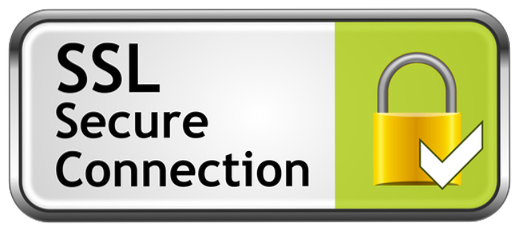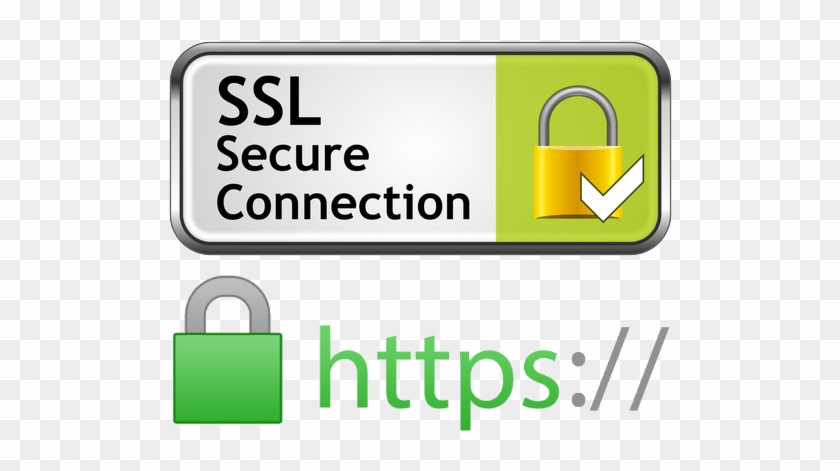Securing Your Data: The Importance of SSL Connections
In an increasingly digital world where data breaches and cyber threats loom large, the need for secure connections between users and websites has never been more critical. Secure Sockets Layer (SSL) technology plays a pivotal role in safeguarding sensitive information transmitted over the internet. Let’s delve into what SSL connections are, why they matter, and how they work to protect your data.
What is an SSL Connection?
SSL, now commonly known as Transport Layer Security (TLS), is a protocol that ensures privacy and data integrity between a user’s device and a website server. It encrypts the data exchanged between these two points, making it nearly impossible for unauthorized parties to intercept or decipher. This encryption process uses cryptographic keys to scramble the data, ensuring that even if intercepted, it remains unreadable.
Why SSL Connections Matter
- Data Privacy: SSL protects sensitive information such as passwords, credit card numbers, and personal details by encrypting them during transmission. This ensures that only the intended recipient can understand and utilize the data.
- Trust and Credibility: Websites that use SSL certificates display a padlock icon and “https://” in their URL, indicating a secure connection. This visual cue reassures users that their interactions with the site are protected, fostering trust in the website and its brand.
- Compliance Requirements: Many regulatory standards and industry guidelines mandate the use of SSL/TLS to protect sensitive data. Adhering to these standards not only ensures legal compliance but also demonstrates a commitment to data protection.
- Protection Against Cyber Threats: SSL helps mitigate risks posed by various cyber threats such as man-in-the-middle attacks, where hackers intercept communication between a user and a website to steal data or inject malicious content.
How SSL Connections Work
- Handshake: The SSL handshake initiates a secure session between the user’s device and the server. During this process, the client and server authenticate each other’s identities and agree on encryption methods.
- Encryption: Once the handshake is complete, SSL uses asymmetric encryption (public-key cryptography) to exchange symmetric session keys. These session keys are then used for symmetric encryption, which is faster and more efficient for encrypting large amounts of data.
- Validation: SSL certificates are issued by Certificate Authorities (CAs) after verifying the identity of the website owner. This validation process ensures that users are connecting to a legitimate and trustworthy site.
Implementing SSL
Implementing SSL/TLS involves obtaining an SSL certificate from a trusted CA and configuring it on your web server. Many web hosting providers offer SSL certificates as part of their services, and platforms like Let’s Encrypt provide free certificates, making it accessible for all website owners to secure their sites.
Conclusion
In conclusion, SSL connections are not just a recommended security measure but a necessity in today’s digital landscape. They protect sensitive data, enhance trust and credibility, and mitigate risks associated with cyber threats. By implementing SSL/TLS, websites can safeguard their users’ information and uphold their commitment to privacy and security. As users, understanding the importance of SSL empowers us to make informed choices about where and how we share our data online.




Leave a Reply